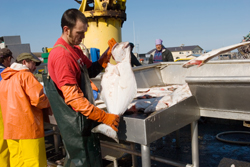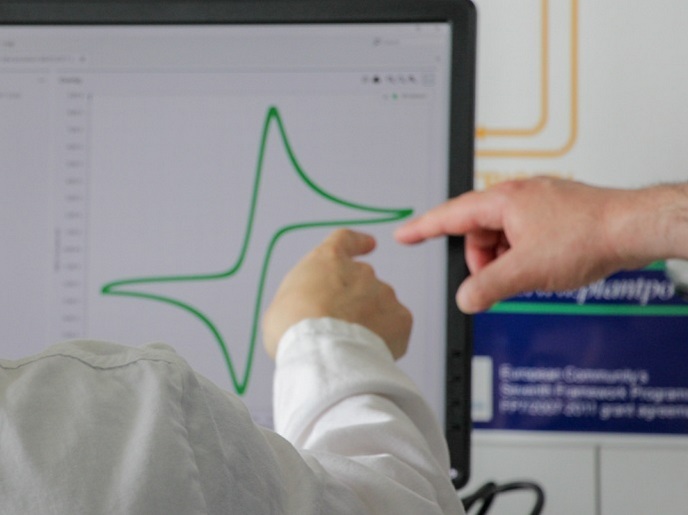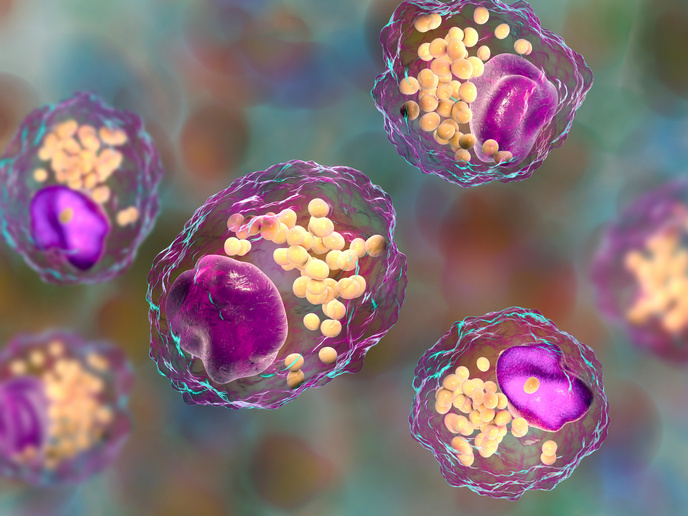Abnormalities in larval rearing of Atlantic halibut
The problem of abnormalities is not limited to Atlantic halibut, which are used as a model species to answer key questions regarding metamorphosis in cultured marine flatfish. The AARDE consortium used both normal and abnormal larvae to identify suitable markers for characterising the successful progress of metamorphosis. Scientists examined stages five to eight in the larvae's development, which were then correlated with age, size and myotome height. A linear relationship was found between the growth stage and both myotome height and standard length. The use of these markers during metamorphosis, especially myotome height, helped standardise sampling and analysis. By stage eight the development of the juvenile halibut appeared fixed. Abnormal, arrested or delayed metamorphosis were identified through the incorrect position of the anterior fin, incomplete eye migration, a malformed head and abnormal pigmentation. Normal and abnormal fish, ranging from the least to the most developed stages, were analysed in order to establish the events involved in eye migration. Sections of the head of each specimen were carefully examined to identify morphological landmarks. Normal and abnormal larvae were examined for osteoclast activity. Osteoclasts were identified using Tartrate-resistant acid phosphatase (TRAP). Sample sections were stained and TRAP activity measured using stereology, which enabled three-dimensional information to be gained from a two-dimensional image. Cell activity in the neurocranium was determined through immunocytochemistry, by using anti-proliferating cell nuclear antigen (anti-PCNA). The anti-PCNA was used on sample sections adjacent to those used for analysing osteoclastic activity. Results indicated that osteoclast activity was controlled by tissue to tissue communication from the eye.







